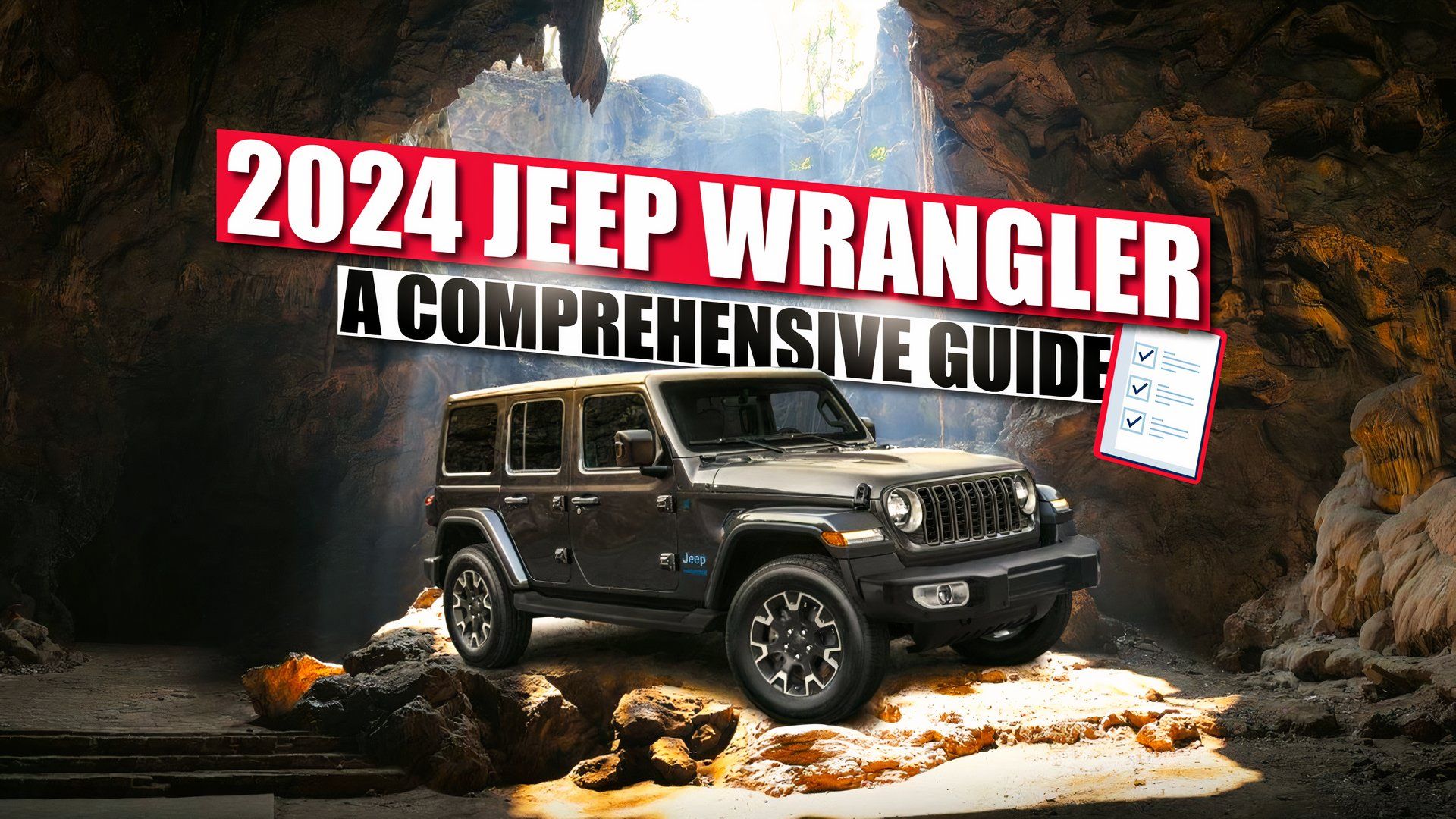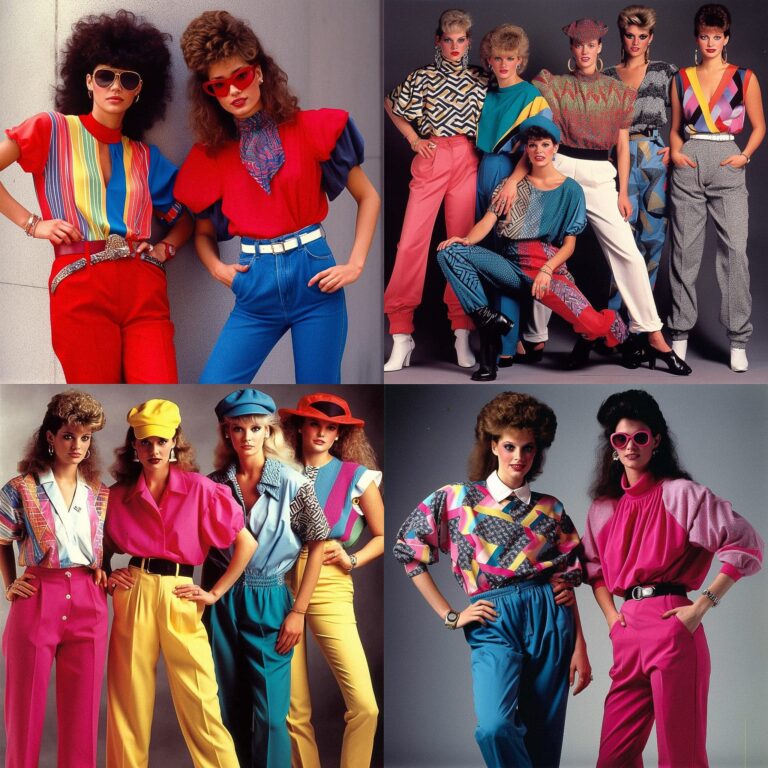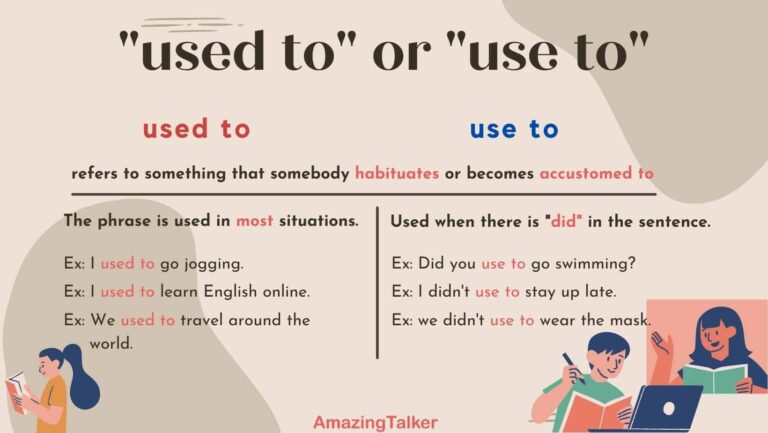The Enduring Legacy: Exploring the Classic Eras of the Jeep Wrangler
The Enduring Legacy: Exploring the Classic Eras of the Jeep Wrangler jeeps.truckstrend.com
The term "Wrangler Jeep Old" might conjure images of rugged simplicity, iconic design, and an unparalleled connection to adventure. It speaks not just to a specific model year, but to a cherished era of the Jeep Wrangler – the early generations that laid the groundwork for its legendary status. These are the vehicles that cemented the Wrangler’s reputation as the ultimate off-road machine, a canvas for customization, and a symbol of freedom. This comprehensive guide delves into the world of the classic Jeep Wrangler, exploring its history, unique characteristics, practical considerations for ownership, and why these "old" warriors continue to captivate enthusiasts worldwide.
What Defines "Wrangler Jeep Old"?
The Enduring Legacy: Exploring the Classic Eras of the Jeep Wrangler
"Wrangler Jeep Old" primarily refers to the first two generations of the Jeep Wrangler: the YJ (produced from 1987-1995) and the TJ (produced from 1997-2006). Often, the conversation also extends to its direct predecessor, the civilian Jeep (CJ) series, which, while not officially a "Wrangler," shares much of its DNA and spirit, embodying the quintessential "old Jeep" experience. These vehicles are celebrated for their mechanical straightforwardness, robust off-road capability, and timeless design, offering a raw, unfiltered driving experience distinct from their more modern counterparts. They represent an era before advanced electronics dominated the automotive landscape, where mechanical integrity and user-serviceability were paramount.
The Ancestral Roots: From Willys to CJ
Before the Wrangler nameplate emerged, the civilian Jeep’s legacy was forged by the CJ (Civilian Jeep) series, a direct descendant of the iconic Willys MB military vehicle. From the CJ-2A in 1945 to the CJ-7 and CJ-8 (Scrambler) of the mid-1980s, these Jeeps defined the open-air, go-anywhere philosophy. They featured leaf spring suspension, utilitarian interiors, and a distinct lack of creature comforts, embodying pure functionality. While not Wranglers by name, CJs are often the first vehicles that come to mind when someone speaks of an "old Jeep," and they paved the way for the Wrangler’s introduction. Their robust frames and legendary four-wheel-drive systems set the standard for what was to come.
The Birth of an Icon: The YJ Generation (1987-1995)
The YJ Wrangler was the first vehicle to officially bear the "Wrangler" name, introduced by AMC (American Motors Corporation) as a replacement for the CJ-7. Its most distinguishing feature, and often a point of contention among purists, was its square headlights. This departure from the traditional round Jeep lights was an attempt to modernize its appearance and differentiate it from its predecessor, though it remains a polarizing design choice.
Key Features and Characteristics:
- Square Headlights: The hallmark of the YJ, giving it a unique place in Wrangler history.
- Leaf Spring Suspension: Like the CJs, the YJ retained leaf springs at all four corners, offering a durable but sometimes less refined ride on pavement compared to later coil-sprung models.
- Wider Stance: Compared to the CJ-7, the YJ had a wider track, improving stability.
- Improved Interior: While still basic, the YJ offered a slightly more refined interior with features like a full dash and improved ergonomics.
- Engine Options: Initially offered with AMC’s 2.5L four-cylinder and the venerable 4.2L inline-six (258 cubic inch), later replaced by the more powerful and reliable 4.0L inline-six (Cherokee’s engine) in 1991.
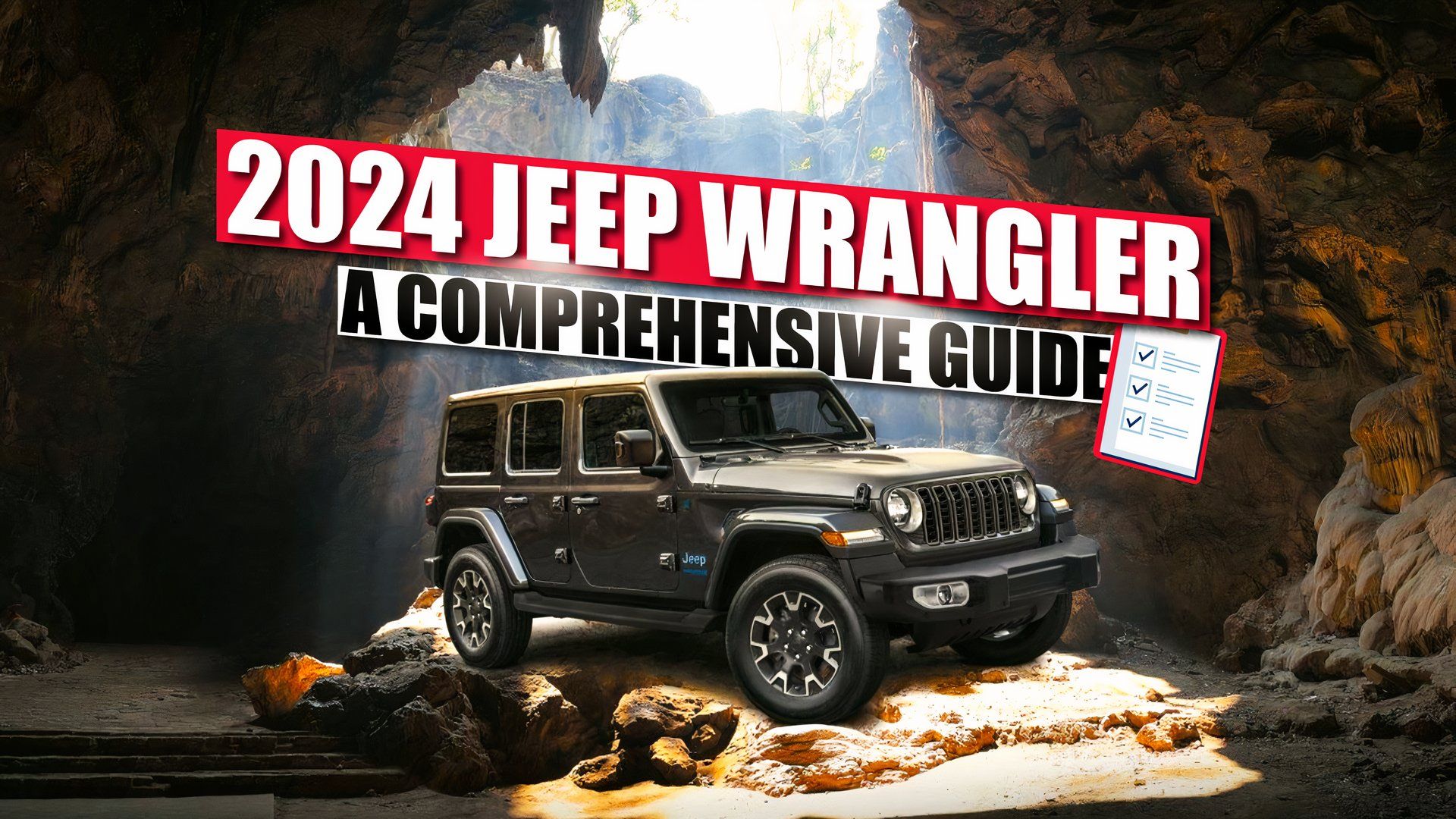

Why it’s Beloved: The YJ is a true workhorse. Its simplicity makes it easy to maintain and modify. It carries the torch of the traditional Jeep experience while offering subtle improvements in safety and on-road manners over the CJs. For many, it represents the last of the truly "analog" Wranglers.
Refining the Legend: The TJ Generation (1997-2006)
After a brief hiatus in 1996 following Chrysler’s acquisition of AMC, the TJ Wrangler burst onto the scene in 1997, marking a significant evolution. The most celebrated change was the return to round headlights, a nod to Jeep’s heritage that delighted purists. However, the most impactful engineering upgrade was the adoption of coil spring suspension at all four corners, replacing the leaf springs.
Key Features and Characteristics:
- Coil Spring Suspension: This revolutionary change dramatically improved ride quality, articulation, and handling, making the TJ much more comfortable on the road without sacrificing off-road prowess.
- Return of Round Headlights: A popular decision that reconnected the Wrangler to its iconic aesthetic.
- Improved Powertrain: Primarily powered by the robust 4.0L inline-six engine, known for its legendary reliability and torque. The 2.5L four-cylinder was also available.
- Modernized Interior: While still spartan by modern standards, the TJ’s interior was more ergonomic and comfortable than the YJ’s.
- The Rubicon Trim (2003-2006): A game-changer, the TJ Rubicon was the first factory-built, off-road-ready Jeep, featuring Dana 44 axles with air-actuated locking differentials, a 4:1 low-range transfer case, and 31-inch tires.
- The LJ (Unlimited) Variant (2004-2006): A longer wheelbase version of the TJ, offering more cargo space and improved rear passenger room, while retaining all the TJ’s off-road capability. Highly sought after today.
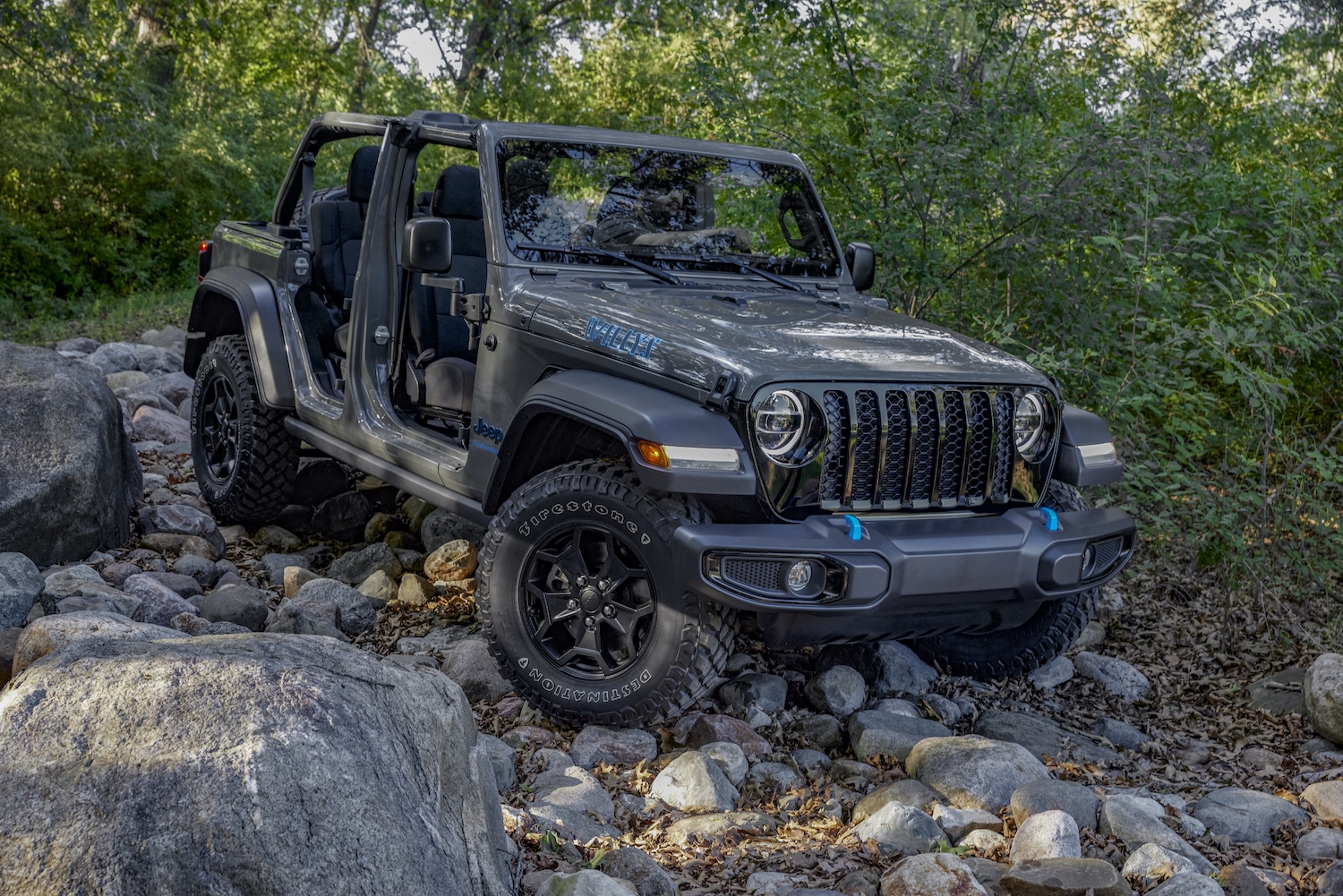
Why it’s a Sweet Spot: The TJ is often considered the "sweet spot" for many Jeep enthusiasts. It blends the classic Jeep aesthetic and off-road capability with improved comfort and refinement. Its aftermarket support is immense, making it incredibly versatile for customization. The TJ’s reliability and simplicity, combined with its advanced suspension, make it an ideal platform for both daily driving and serious off-road adventures.
Living with a Classic Wrangler: Important Considerations
Owning an "old" Wrangler is a unique experience that comes with its own set of joys and challenges.
- Maintenance: While generally robust, these vehicles are decades old. Regular maintenance is crucial. Expect to replace wear-and-tear items like ball joints, tie rod ends, U-joints, and various sensors. Fortunately, parts availability for YJs and TJs is excellent due to their popularity and shared components with other Chrysler vehicles.
- Rust Prevention: Frame rust is the Achilles’ heel of many older Jeeps, especially those from areas with road salt. Thoroughly inspect the frame, particularly around the skid plate, control arm mounts (TJ), and body mounts. Proactive rust treatment and undercoating are highly recommended.
- Modifications: The aftermarket for YJ and TJ Wranglers is massive. From lift kits and larger tires to engine swaps and axle upgrades, almost anything is possible. This allows owners to tailor their Jeep precisely to their needs, whether for extreme rock crawling or comfortable overland touring.
- Driving Experience: Don’t expect a modern SUV ride. Older Wranglers are louder, less refined, and have a more direct, sometimes twitchy, steering feel. They are designed for utility and off-road capability first, comfort second. This raw, connected driving experience is precisely what many enthusiasts cherish.
- Fuel Economy: These are not fuel-efficient vehicles. Expect single-digit to low-teens MPG, especially with larger tires and lifts.
- Insurance: Insurance costs can vary depending on age, condition, and modifications. Some classic car insurance policies might be available for well-preserved examples.
Finding Your Vintage Wrangler: Tips for Buyers
Purchasing an "old" Wrangler requires diligence. Here’s what to look for:
- Frame Inspection is Paramount: This cannot be stressed enough. Bring a flashlight and a small hammer to tap the frame, listening for solid metal versus flaky rust. Pay close attention to the areas mentioned above.
- Check for Leaks: Inspect the engine (rear main seal is common on 4.0Ls), transmission, transfer case, and axles for fluid leaks.
- Test the 4×4 System: Engage 4-high and 4-low, and listen for unusual noises. Ensure the transfer case shifts smoothly.
- Suspension and Steering: Check for worn bushings, ball joints, tie rod ends, and steering box play. Look for uneven tire wear.
- Engine Health: Listen for knocking, ticking, or excessive smoke. Check oil and coolant levels and condition. On the 4.0L, look for signs of a cracked cylinder head (0331 casting is prone to this on later TJs).
- Electrical Issues: Test all lights, gauges, windows, and wipers. Water intrusion can cause electrical gremlins.
- Documentation: Ask for service records, modification receipts, and title history. A clean title is essential.
- Pre-Purchase Inspection (PPI): If possible, have a trusted mechanic (especially one familiar with Jeeps) perform a PPI. It’s a small investment that can save you thousands.
The Unbeatable Appeal: Why "Old" Wranglers Endure
Despite their age and comparative lack of modern amenities, classic Wranglers continue to command a passionate following.
- Simplicity and Repairability: Their straightforward mechanical design makes them relatively easy for the average DIY enthusiast to work on, fostering a deep connection between owner and vehicle.
- Unrivaled Off-Road Capability: Even stock, these Jeeps are incredibly capable off-road. With mild modifications, they can tackle challenging terrain that would leave most modern SUVs stranded.
- Community and Culture: Owning an "old" Wrangler means joining a vibrant, supportive global community. From local Jeep clubs to online forums, there’s a wealth of knowledge and camaraderie.
- Timeless Design: The classic Jeep silhouette is instantly recognizable and has aged gracefully, making these vehicles feel perpetually cool and relevant.
- Investment Potential: Well-maintained or restored examples, especially rare models like the TJ Rubicon or LJ Unlimited, can appreciate in value, making them more than just a hobby but a potential asset.
Price Table: Estimated Values for "Wrangler Jeep Old" Models
It’s crucial to understand that prices for "old" Wranglers vary wildly based on condition, mileage, modifications, region, and specific model year/trim. The table below provides a general range for common models, but these are estimates only.
| Model Generation | Years Produced | Condition: Fair/Good (Needs work/Driver Quality) | Condition: Excellent/Restored (Well-maintained/Low Miles) | Notes |
|---|
The enduring image of the Jeep Wrangler is indelibly linked to its long and storied history, where the term "Wrangler Jeep Old" evokes a sense of nostalgia, raw capability, and unparalleled freedom. These are not merely used vehicles; they are the genesis of a global phenomenon, representing the core essence of the off-road spirit. This comprehensive guide will explore the classic iterations of the Jeep Wrangler, tracing their evolution, highlighting their unique charm, and providing practical insights for anyone looking to understand, acquire, or maintain these iconic machines.
Unearthing the Roots: Defining "Wrangler Jeep Old"
When we talk about "Wrangler Jeep Old," we’re primarily referring to the early generations of this legendary vehicle, specifically the YJ (1987-1995) and the TJ (1997-2006). While the "Wrangler" name officially began with the YJ, the spirit of "Wrangler Jeep Old" often encompasses its direct predecessor, the CJ (Civilian Jeep) series, which truly laid the groundwork for Jeep’s civilian success story from 1945 to 1986.
These older models are celebrated for their:
- Mechanical Simplicity: Less reliant on complex electronics, making them more approachable for DIY maintenance and modifications.
- Rugged Durability: Built with robust frames and proven powertrains designed for demanding conditions.
- Timeless Design: Their iconic silhouette, with removable doors and tops, remains instantly recognizable and highly desirable.
- Unfiltered Driving Experience: Offering a raw, connected feel to the road (or trail) that modern vehicles often lack.
Understanding these foundational elements is key to appreciating the enduring appeal of "Wrangler Jeep Old."
The Ancestral Lineage: From Willys to CJ Series
To truly understand the "Wrangler Jeep Old," we must first acknowledge its formidable ancestors. The Jeep story began with the Willys MB, a military vehicle born out of necessity during World War II. Its success led to the civilian variants, the CJ (Civilian Jeep) series, starting with the CJ-2A in 1945.
Key Characteristics of the CJ Series (1945-1986):
- Utilitarian Design: Focused purely on functionality, with spartan interiors and basic amenities.
- Leaf Spring Suspension: A robust and simple suspension system, though offering a less refined ride.
- Iconic Round Headlights: A design cue that became synonymous with the Jeep brand.
- Diverse Models: Including the short-wheelbase CJ-5 and CJ-7, and the longer CJ-8 Scrambler pickup.
CJs are the quintessential "old Jeeps," embodying the rugged, open-air spirit that would define the Wrangler. Their legacy of go-anywhere capability and straightforward mechanics directly influenced the first generation of the Wrangler.
The Dawn of a New Era: The YJ Wrangler (1987-1995)
The YJ Wrangler was born out of American Motors Corporation (AMC)’s desire to modernize the CJ while retaining its core off-road prowess. It was the first vehicle to officially carry the "Wrangler" name and introduced some significant changes, most notably its polarizing square headlights.
Defining Features of the YJ:
- Square Headlights: The most distinctive and often debated feature, a departure from Jeep tradition aimed at a more contemporary look.
- Wider Track and Lower Stance: Designed to improve on-road stability and handling compared to the CJ-7, addressing safety concerns.
- Leaf Spring Suspension: The YJ retained the leaf spring setup at all four corners, offering durability for off-roading but a firm ride on pavement.
- Improved Interior: While still basic, the YJ offered a more car-like dashboard and slightly better ergonomics than the CJ.
- Engine Options: Initially available with a 2.5L 4-cylinder and the trusty 4.2L (258 cu in) AMC inline-six. In 1991, the more powerful and reliable 4.0L (242 cu in) inline-six, borrowed from the Cherokee XJ, became the primary engine, a major upgrade.
Why the YJ is a Classic: The YJ represents a pivotal moment in Jeep history – the bridge between the raw CJs and the more refined TJs. Its simplicity, combined with the legendary 4.0L engine (in later models), makes it a fantastic platform for off-roading and a rewarding vehicle for those who appreciate mechanical straightforwardness. Despite the headlight controversy, the YJ is a true "Wrangler Jeep Old" and a cherished part of the lineage.
The Refinement of an Icon: The TJ Wrangler (1997-2006)
After a brief gap in production in 1996 (following Chrysler’s acquisition of AMC), the TJ Wrangler arrived in 1997, bringing with it the most significant engineering advancements since the original Willys. The TJ successfully married classic Jeep aesthetics with modern driving comfort and capability.
Hallmarks of the TJ:
- Return of Round Headlights: A welcome change for purists, restoring the classic Jeep face.
- Coil Spring Suspension: The most revolutionary upgrade. Replacing leaf springs with coil springs at all four corners dramatically improved ride quality, articulation, and on-road handling, making the

